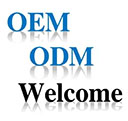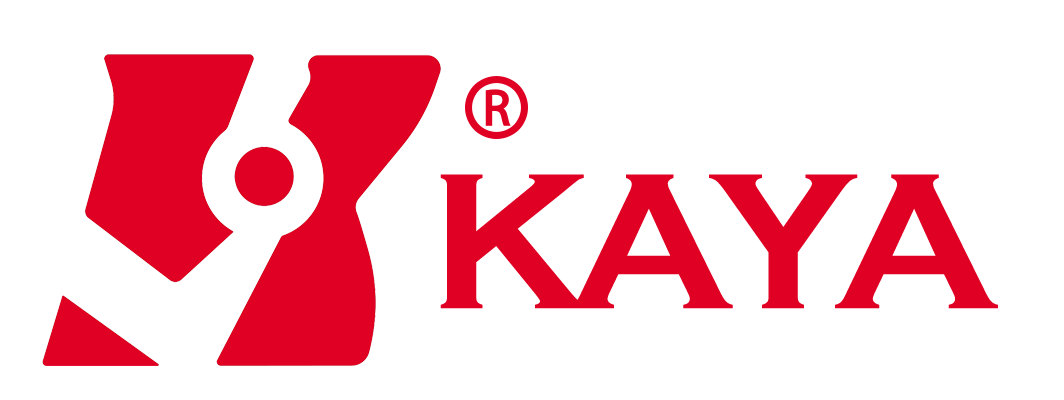
Indexable drill inserts play a crucial role in modern machining by enabling efficient material removal and extended tool life. They are widely used due to their cost-effectiveness, ease of replacement, and ability to maintain high precision. Different insert shapes directly affect the performance, stability, and quality of the machining process. Following we focuses on the key shapes of indexable drill inserts, including square, triangular, rhombic, and hexagonal, and their specific functions and applications.
Structure and Function of Indexable Drill Inserts:
Inserts consist of cutting edges, rake surfaces, clearance angles, and chip breakers.
The design of an indexable insert allows for multiple cutting edges to be used by rotating or flipping the insert, improving tool life.
Working Principle:
Indexable inserts are clamped onto tool holders using mechanical screws or locking mechanisms, and they cut the material by engaging their sharp edges with the workpiece.
Classification of Insert Shapes
Square Inserts (Quadrilateral Inserts)
Features and Characteristics: Square inserts have four cutting edges and symmetrical geometry. They are robust and provide excellent strength and stability during cutting.
Application: Ideal for rough machining and heavy-duty cutting operations. They offer high resistance to chipping due to their broad cutting edge.
Advantages: Long tool life due to multiple cutting edges.
Limitations: Not suitable for applications requiring high precision or fine finishing.
Triangular Inserts (Convex Triangular Inserts)
Features and Characteristics: These inserts have three cutting edges and a compact, triangular shape, which makes them highly suitable for tight and confined cutting areas.
Application: Typically used in medium-duty to fine machining operations, particularly in turning and milling.
Advantages: Versatile and can be used for both roughing and finishing. The three cutting edges provide reasonable tool life.
Limitations: Less stable than square inserts in heavy-duty applications.
Rhombic Inserts (Diamond-shaped Inserts)
Features and Characteristics: Rhombic inserts are shaped like diamonds, offering two primary cutting edges. Their acute angle design allows for sharp cutting and improved penetration.
Application: Perfect for high-precision machining, especially for fine finishing tasks in turning operations.
Advantages: Excellent for producing smooth surfaces and achieving high accuracy. These inserts provide better clearance and are ideal for small diameter workpieces.
Limitations: Reduced stability in heavy roughing applications compared to square or hexagonal inserts.
Hexagonal Inserts
Features and Characteristics: With six cutting edges, hexagonal inserts offer one of the highest numbers of cutting edges for an indexable insert. The symmetric design helps maintain balance and cutting efficiency.
Application: Frequently used in high-productivity machining processes where tool changeover time must be minimized.
Advantages: High cutting edge utilization and better economy per insert. Their design allows for both roughing and semi-finishing tasks.
Limitations: May not provide the same level of stability as triangular or square inserts in extremely demanding operations.
Material Composition of Indexable Inserts
Cemented Carbide Inserts
Composed of tungsten carbide and cobalt, offering high wear resistance and toughness.
Widely used for cutting ferrous materials and hard metals.
Ceramic Inserts
Used for high-speed applications, especially with hard materials such as cast iron or hardened steel.
Extremely heat resistant, but more brittle compared to carbide inserts.
CBN (Cubic Boron Nitride) Inserts
Designed for cutting superhard materials like hardened steel or cast iron.
Excellent for precision finishing at high speeds, offering exceptional hardness and heat resistance.
PCD (Polycrystalline Diamond) Inserts
Best suited for non-ferrous metals, composites, and plastics.
Provide unmatched cutting precision, wear resistance, and a long tool life.
Performance Comparison Between Insert Shapes
Cutting Stability
Square inserts provide maximum stability due to their wide edges, followed by hexagonal, triangular, and rhombic inserts.
Chip Evacuation
Triangular and hexagonal inserts offer better chip evacuation compared to square inserts, especially when combined with chip breakers.
Tool Life
Hexagonal inserts lead with the most cutting edges, ensuring longer tool life and cost-efficiency, while square inserts offer excellent durability under heavy loads.
Surface Finish
Rhombic inserts excel at providing a high-quality surface finish due to their sharp cutting angles.
Applications of Different Insert Shapes
Aerospace Industry
Square inserts for rough cutting of tough alloys.
Rhombic inserts for precision finishing of aircraft parts.
Automotive Manufacturing
Hexagonal inserts for high-productivity turning of engine components.
Triangular inserts for general-purpose milling and drilling.
Mold and Die Industry
Rhombic inserts used for fine finishing of molds, ensuring accurate and smooth surfaces.
Energy Sector
Square and hexagonal inserts for rough and semi-finish machining of large turbine components.
Factors Influencing Insert Selection
Material Hardness
Tough materials require more robust insert shapes like square or hexagonal inserts to handle the cutting forces.
Depth of Cut
Shallow cuts can benefit from rhombic or triangular inserts due to their sharp cutting angles, while square inserts are better for deep rough cuts.
Machine Tool Capability
High-speed machining processes benefit from ceramic or CBN inserts due to their thermal stability and precision.
Future Trends in Indexable Insert Design
Advancements in Insert Geometry
Future inserts may feature more complex shapes that combine the best features of existing geometries, enhancing both versatility and tool life.
Improved Coating Technologies
Nanotechnology-based coatings could further extend insert lifespan and reduce friction, enabling more efficient cutting.
Intelligent Inserts
Smart inserts equipped with sensors for monitoring tool wear, temperature, and cutting forces may become increasingly common in automated systems.
Final Thoughts
Each insert shape provides distinct advantages and is tailored to specific machining applications. Square, triangular, rhombic, and hexagonal inserts all have unique roles in ensuring machining efficiency and accuracy.
Proper selection and use of indexable inserts are key to optimizing production output, reducing downtime, and achieving high-quality finishes in diverse industries. The future holds exciting advancements in insert technology, further enhancing performance.
OEM Capability
 We like to do design according to all the customers' requirements, or offer them our new designs. With strong OEM/ODM capabilities, we can fill your sourcing demands.
We like to do design according to all the customers' requirements, or offer them our new designs. With strong OEM/ODM capabilities, we can fill your sourcing demands. Categories
| HSS-PM Taps | HSSE-M42 Taps |
| HSSE / HSS Taps | Spiral Flute Taps |
| Straight Flute Taps | Spiral Point Taps |
| Multi-function Taps |
| Solid Carbide Drill Bits | Twist Drill Bits |
| Center Drill Bits | Indexable U Drills |
| Flat-end Milling Cutter | Ball Nose End Mills |

